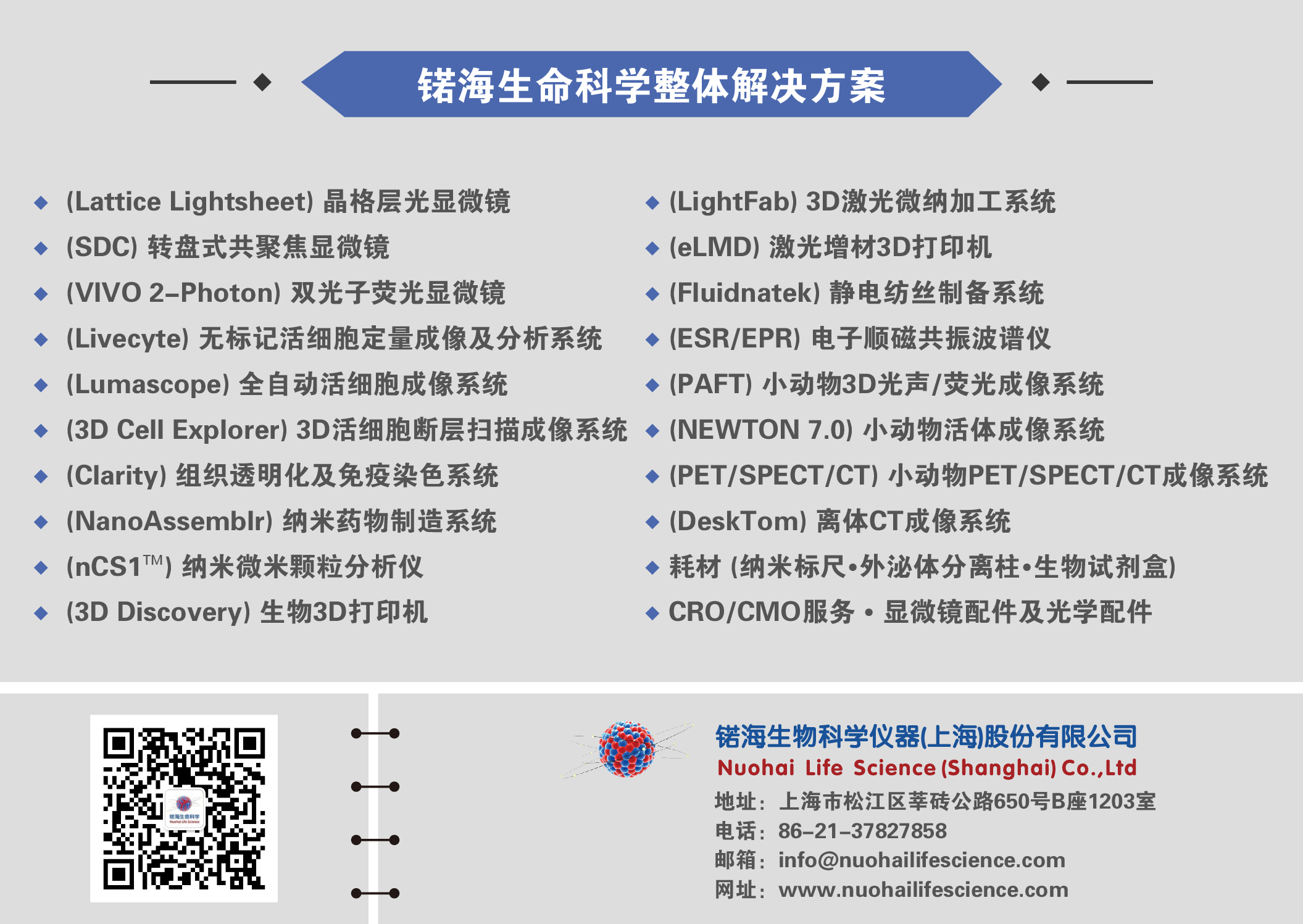
This paper reports the synthesis and dynamic properties of core-shell polymers monitored by the interaction between amphiphilic small molecules. Brush-like structures (as shown in Figure 1) are formed with a hydrophobic core surrounded by a hydrophilic shell utilizing controlled radical addition–fragmentation chain transfer (RAFT) polymerization of macromonomers consisting of linear polyglycerol chains attached to alkylenemethacrylate.
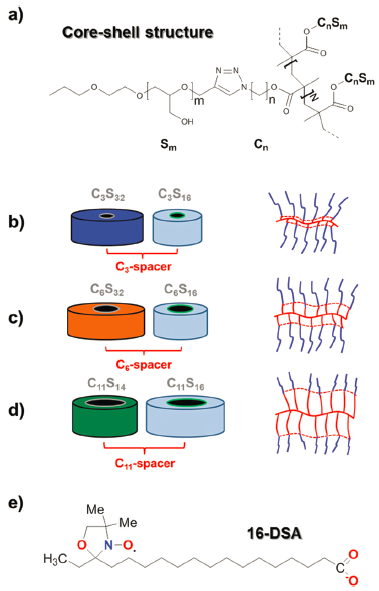
Figure 1. Composition ofall six core–shell polymers CnSm. Generalized chemical structure of a core–shell polymer with N macromonomer repeating unitsconsisting of m glycerol and n methylene components. e) Chemical structure ofthe 16-DSA spin probe.
Continuous wave electron paramagnetic (spin) resonance (CW EPR/ESR) spectroscopy is employed to study how the amphiphilic, paramagnetic spin probe 16-DSA (16-doxyl stearic acid) interacts with polymers of different alkylene chain lengths in their hydrophobic cores and different polyglycerol chain lengths in their hydrophilic shells (as shown in Figure 2). The spin probe exhibits dynamic hydrophobic attachment to the polymers and reveals anindirect, dynamics-based view of polymer effects such as temperature response, aggregation and ligand binding properties. Applying dynamic light scattering (DLS), transmission electron microscopy (TEM) and molecular dynamic (MD) simulations, the complex dynamic behavior found with EPR spectroscopy was further complemented and verified.
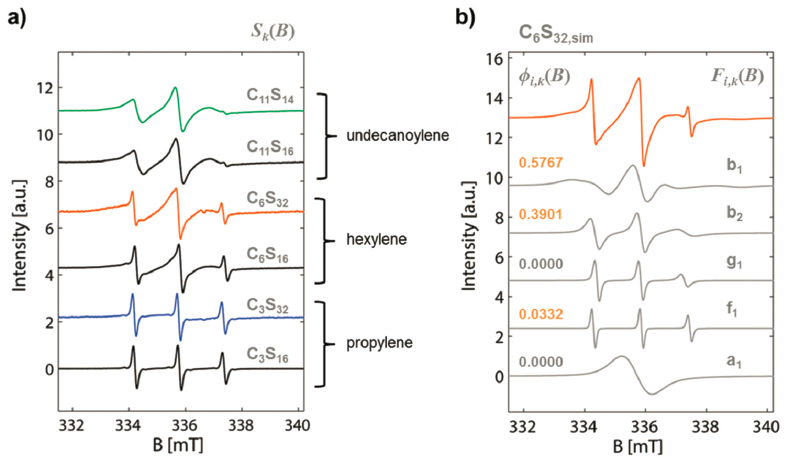
Figure 2. EPR spectra of different amphiphilic core–shell polymers as probed with 16-DSA. (a) Summary of EPR spectra of different lengths of polymers with 16-DSA. (b) The representative simulation of polymer C6S32.
The EPR spin probe method is to add a spin probe molecule to the system, so that the reverse magnetic system becomes a paramagnetic system and can bedetected by EPR. Commonly, the probe molecules are very stable nitrogen oxides free radicals, which is a method of making a substance to be paramagnetic bynon-valent bond bonding.
Reference:
Jorg Reichenwallner, Anja Thomas, and Dariush Hinderberger*. et al.Tunable dynamic hydrophobic attachment of guest molecules in amphiphilic core–shell polymers. [J] Polymer. Chemistry, 2016, 7, 5783–5798.
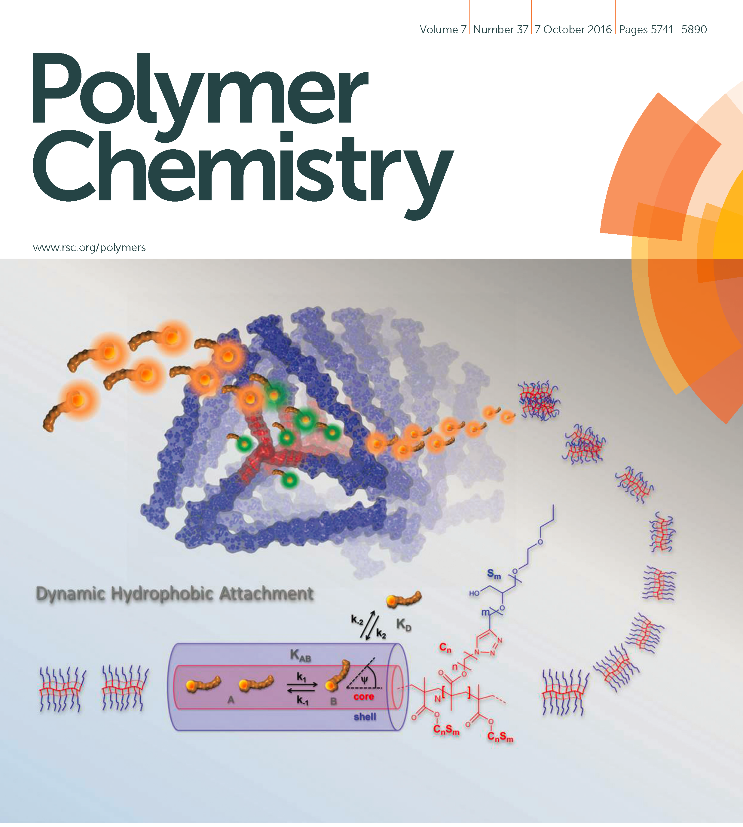
The EPR MiniScope 400 from Germany's Magnettech is currently upgraded and optimized to the new MS5000 / 5000Xseries. This device has a fast, easy and accurate quantitative test method anda complete data processing and analysis system. It also has the characteristics of small size, lightness and flexibility, which brings convenience to researchers.
Magnettech EPR—MiniSpcope MS 5000/5000X
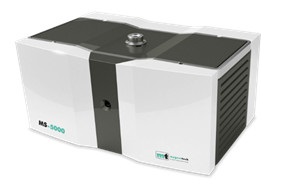
MiniSpcope MS 5000/5000X EPR features an advanced electromagnet and microwave bridge compact design, which delivers twice of signal-to-noise ratio improvement. It is a cost-effective, scientific-grade benchtop spectrometer with excellent sensitivity and magnetic field stability.
The instrument is mainly used to character the substances containing unpaired electrons. It can be used to study free radicals, transition metalions, catalytic reaction mechanism, atmospheric particulate matter (PM2.5), advanced oxidation mechanism of wastewater treatment, chemical reaction kinetics,and environmentally persistent free radical EPFRs, material defects, doping, enzyme activity, protein structure, radiation dose, geological dating, etc.
Application
| Life Science | Chemistry | Environment |
Nitrogen oxide (NO) monitoring, reactive oxygen species (ROS), enzyme activity, protein structure, free radicals, carcinogenic reactions in living tissues and body fluids | Catalytic mechanism, catalyst catalytic efficiency,chemical reaction kinetics, polymerization mechanism, redox process, transition metal oxidation state and coordination structure | Atmospheric particulate matter (PM2.5), Fenton reaction, oxidation treatment mechanism, and persistent free radicals in solidwaste |
Biology | Alaninedosimetry | Materials |
Blood oxygen test, fluidity of cell membrane, pH of microenvironment, viscosity and phase distribution. | Alanine tablets or films for food testing, new materials,nuclear power plants. | Material defects, doping, photoaging of coating sand polymers, single crystal defects, laser materials, magnetic materials |
Foods | Industry | Cosmetic |
Antioxidant properties of food, free radicals infood, free radicals formed by radiation, prediction of beer shelf life, freshness of vegetable oil | Dosimetry, free radical detection in irradiated polymers, quality control of advanced optical glass, oxidation resistance of automotive coatings, filtration efficiency of tobacco filters | Free radical protection factor, UV protection effect of face cream and shampoo |
Applicationexamples
1. Environmental chemistry: waste water treatment, atmospheric particulates

2. Catalysis & materials: photocatalysis, Fenton reaction, material modification
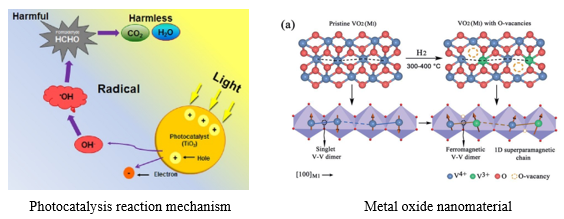
3. Life sciences: pathogenesis ofcancer, cardiovascular and cerebrovascular diseases, detection of nitroxide, reactive oxygen species
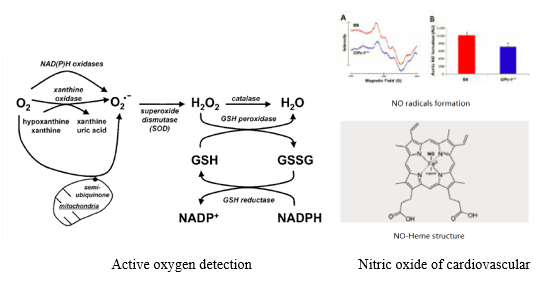
Active oxygen detection Nitric oxide of cardiovascular
4. Geological dating & irradiation dose

Accessory
Autosampler for powder and solid samples

Automatically handles 23 samples in quartz tubes with a diameter of 3-6 mm and precise height positioning in the resonator for maximum repeatability
Autosampler for liquid samples

Software-controlled small-scale spectrometers, autosamplers, automated injection of integrated peristaltic pumps, dynamic monitoring software including automated dataacquisition and data evaluation, optional automatic component mixing andtemperature control for single or multiple compounds
X-ray Dose
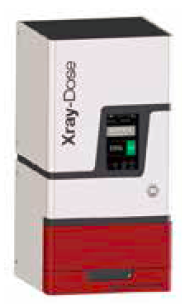
Used in dosestudies, material irradiation damage, irradiated food dose, luminescence dating, ESR dating
Temperature Controller(TC H04)

Temperature range: 93K-473K; control accuracy ± 0.25K (@373K); computer control; liquid nitrogen storage
Automatic goniometer

Samples
enable fully automated angular rotation; step size: 0.1°-180°; automatic reset the
spectrometer for optimal test performance
Dewar
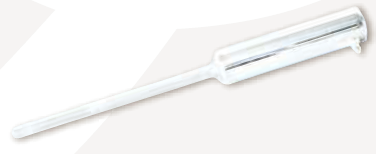
Low
temperature detection of 77K, which can improve the detection sensitivit
Biological temperature controller
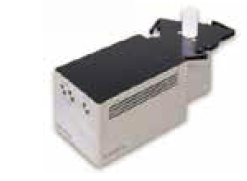
Temperature
range: 293K-350K; accuracy ± 0.25K, computer controlled; temperature medium: air
Glass accessories
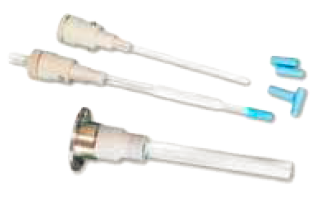
50
μL capillary, flat cell, custom SH-P holder, tissue unit, sample tube
Tissue cell
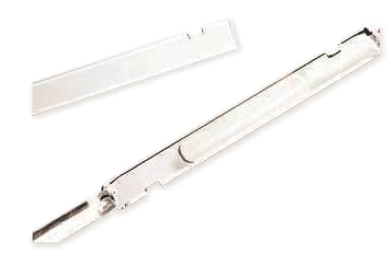
For
biological tissue samples, film samples, atmospheric particulate matter (PM2.5)
detection

